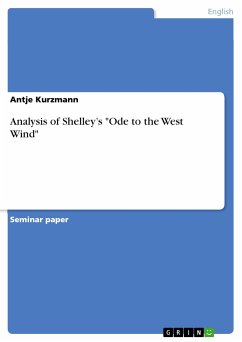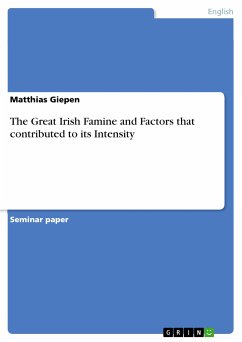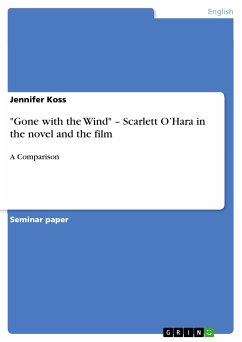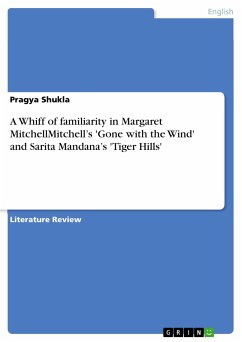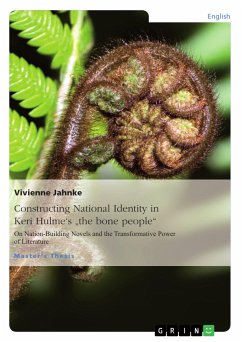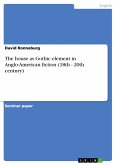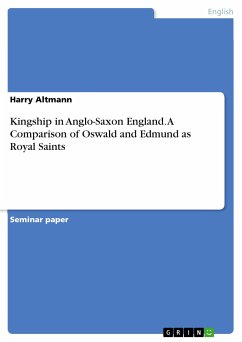Seminar paper from the year 2015 in the subject English Language and Literature Studies - Culture and Applied Geography, grade: 2,3, University of Leipzig (Anglistik), course: British Media, Culture, language: English, abstract: The concept of national identity is one of the most interesting in the field of media study as it is both shaping and shaped by it. However, the question of why and how film and national identity are related is the focus of this case study concerning "The Wind That Shakes The Barley" (TWTSB). With the help of the film this paper aims to depict the complexity of national identity in the contemporary globalised media. Especially the contrast between the textual and the contextual side will be taken into account to establish a critical representation of the British. There will be different questions addressed; starting with the development of national identity with its relation to media on a more theoretical basis. Secondly, the case study will be analysed with regards to the Anglo-Irish relationship. Although the film appears to be in favour of the Irish revolution in the War of Independence it is the contextual side which highlights the complexity and actuality of the British representation. Therefore, the last chapter will show how director Ken Loach and screenwriter Paul Laverty use the Irish perspective to criticise their own national history. Here, Irish national identity is constructed via an outsider’s perspective. Hence, national identity is re-constructed to depict rather global issues of oppressing working classes by the ruling class.



